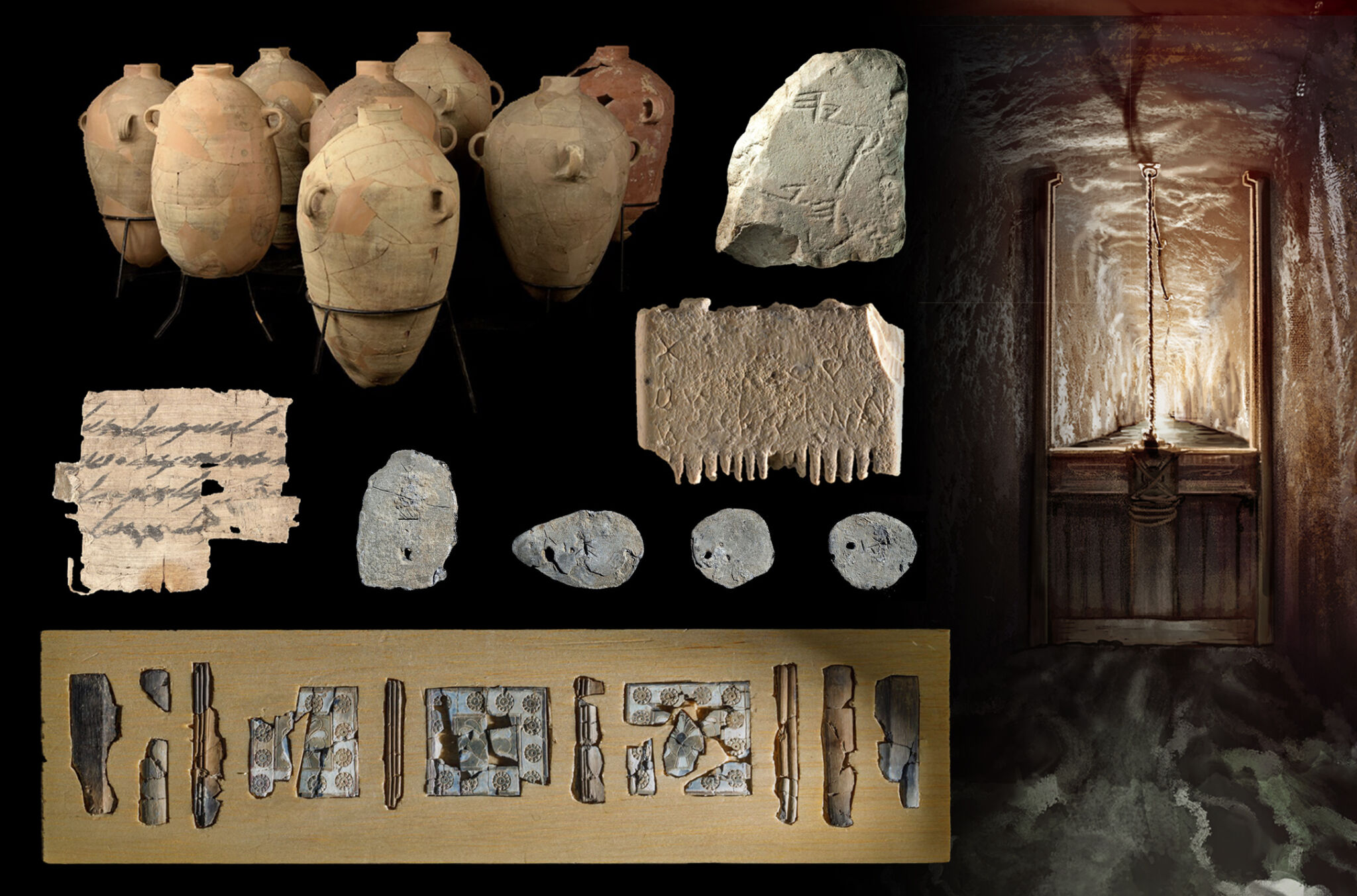The frequency with which the land of Israel unveils new archaeological finds supporting the Bible never ceases to amaze. And 2022 was no exception! Here is a list of what we regard as the top 10 finds of 2022. Readers can learn more about each of these sensational artifacts from our articles, which are linked to throughout.
10. Ramesside-Era Tomb
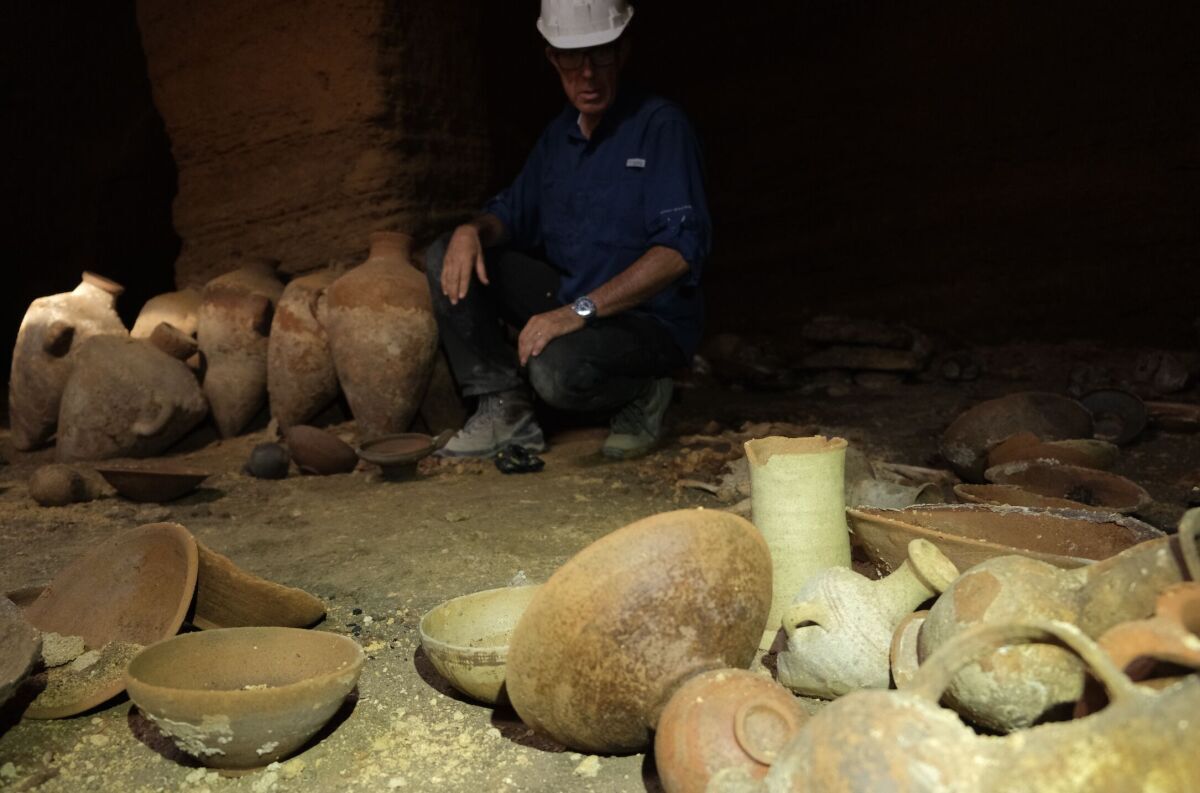
In September, the ceiling of a 3,300-year-old underground tomb was unwittingly broken into by construction workers. This surprise discovery was made on Palmahim Beach, a popular beach for tourists and locals. Inside the tomb, archaeologists from the Israel Antiquities Authority (iaa) found a plethora of artifacts—complete vessels, bronze tools, weapons and skeletons—arranged in the form of a ceremonial burial. This tomb dates to the 13th century b.c.e., the time period of Ramesses ii. The fact that the tomb was undisturbed, that it hadn’t been looted in antiquity, makes it a gold mine for historians interested in the Late Bronze Age. Perhaps the tomb will shed further light on the chronologically related period of the judges. (For more on this discovery, click here).
9. Judges-Era Lead Trade
Just off the coast of Caesarea, an ancient shipwreck was discovered containing a hoard of lead ingots. In February, Prof. Naama Yahalom-Mack and Prof. Yigal Erel presented their isotope analysis of the ingots, concluding that the lead was mined on the Italian island of Sardinia. The ingots are stamped with Cypriot Minoan markings of the type used during the Late Bronze Age (1550–1200 b.c.e.). The researchers “concluded that there were vast commercial ties between the two populations with the purpose of transporting raw material.” This discovery is related to the 2019 discovery of another shipwreck along Israel’s coast that dated to the same period. In this instance, the ingots (tin instead of lead) had been mined in Cornwall, England.
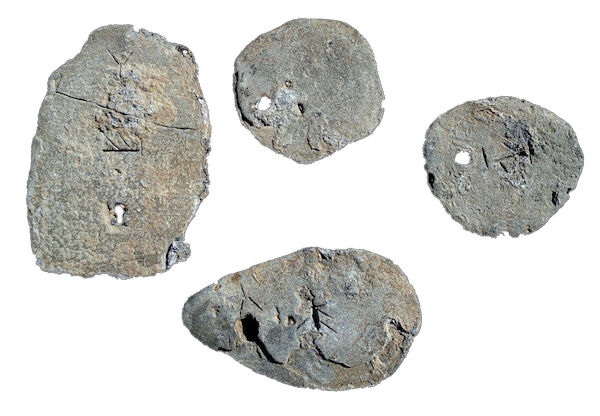
These discoveries fit alongside passages such as Judges 5:17, where the Prophetess Deborah describes the tribes of Dan and Asher as sojourning in ships and occupying seaports. Deuteronomy 33 also describes the tribe of Asher working with “bars” of various metals. (For more on this discovery, click here).
8, The Ishmael Papyrus
The Ishmael Papyrus is a Dead Sea Scroll fragment rediscovered by Prof. Shmuel Ahituv and the iaa in September. The fragment belonged to an anonymous American living in Montana! (The artifact was gifted to him by his mother.) This papyrus is one of only three that have been discovered dating to the First Temple Period, as was determined by carbon dating and the paleo-Hebrew script. The four lines of text on the fragmentary papyrus contain the name “Ishmael,” along with line fragments saying, “don’t send,” “cry after him” and “of no help.” This discovery could be linked to a bulla with the inscription, “Belonging to Ishmael, son of the king.”
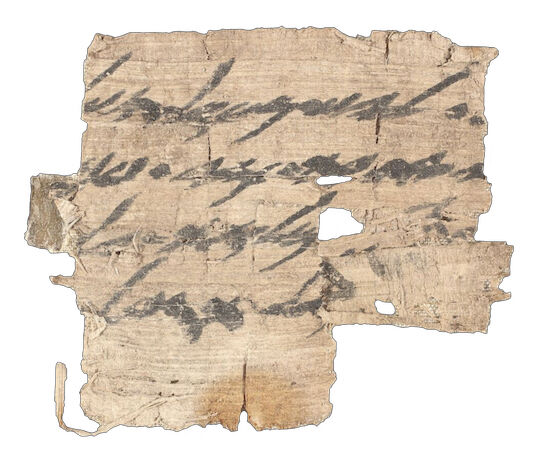
Jeremiah 40 describes a man named Ishmael on the scene at the time of Jerusalem’s fall. This man overthrew Gedaliah, the first governor of Judah under Babylon. Jeremiah 40 records that this Ishmael was “of the seed royal,” and from this same eastern location, he attempted to capture and drive a band of Jewish captives into Ammon. It is possible that this papyrus fragment may refer to the same individual. (For more on this discovery, click here).
7. Hezekiah’s Sluice Gate
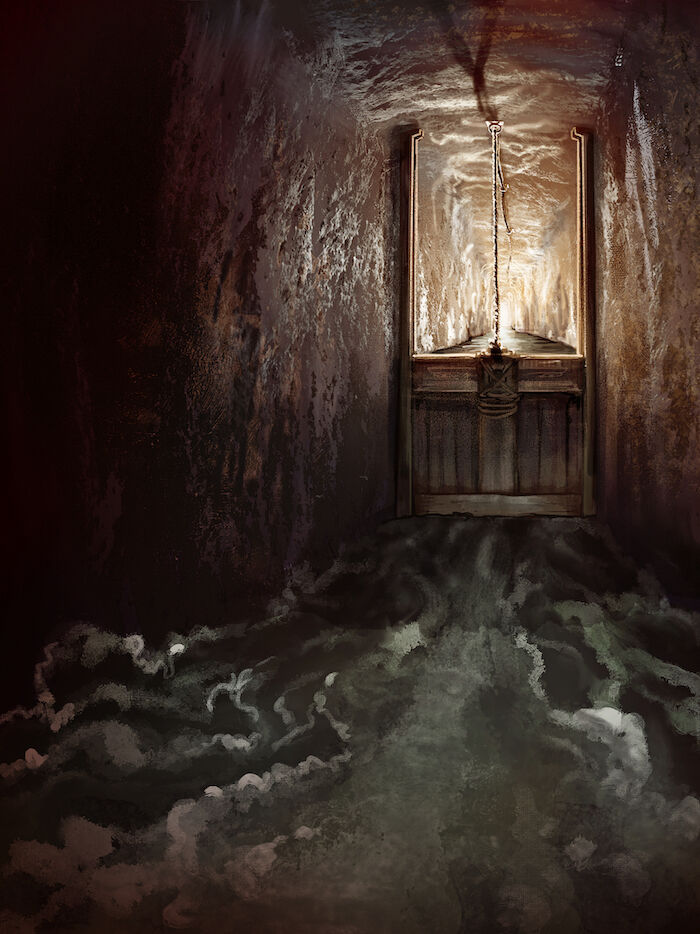
For decades, scientists have puzzled over how Hezekiah’s Tunnel could redirect water from the Gihon Spring to the Pool of Siloam without entirely draining the important Upper Pool. In April, researchers Aryeh Shimron, Vitaly Gutkin and Vladimir Uvarov published findings that solved this puzzle by suggesting that water levels in the tunnel were regulated by a sluice gate—a vertical sliding-door device that regulates the flow of water. Shimron, Gutkin and Uvarov wrote: “We have searched for such a dam at what would be the ideal, perhaps only location for such a structure to be able to function effectively, and have found physical evidence for what may have been a movable blocking wall (sluice) at precisely such a place.” This location within the tunnel has an abnormally high ceiling (necessary for such a gate), with ancient iron bolts sunken into the bedrock walls that bear trace amounts of a petrified-wood frame. They also found a vertical shaft to the surface nearby, helping to explain how the gate was raised and lowered by rope. Water lines within the tunnel suggest that various water levels (much higher than the level today) were sustained for long periods, indicating an artificial means of regulation and continued utilization of the Gihon Spring waters at the source in the Upper Pool, not just all the way down at the bottom of the city, in the Siloam Pool.
The investigation only adds to our knowledge of the engineering brilliance of Hezekiah’s Tunnel. The researchers further conclude that Hezekiah’s sluice gate would be “to the best of our knowledge, the oldest sluice gate known.” (For more on this discovery, click here).
6. Vanilla-Laced Vessels from time of Jeremiah
In March, researchers from Tel Aviv University and the iaa published findings from chemical analysis of large storage vessels discovered in the City of David Givati Parking Lot excavations. The vessels dated to the years just before the Babylonian destruction of Jerusalem (586 b.c.e.). Analysis of the vessels revealed that the elites of Jerusalem drank wine enriched with vanilla, traces of which were found on the vessels. This discovery was a surprise. Vanilla, according to the press release, “was not at all known to be available to the Old World before the arrival of Columbus.”
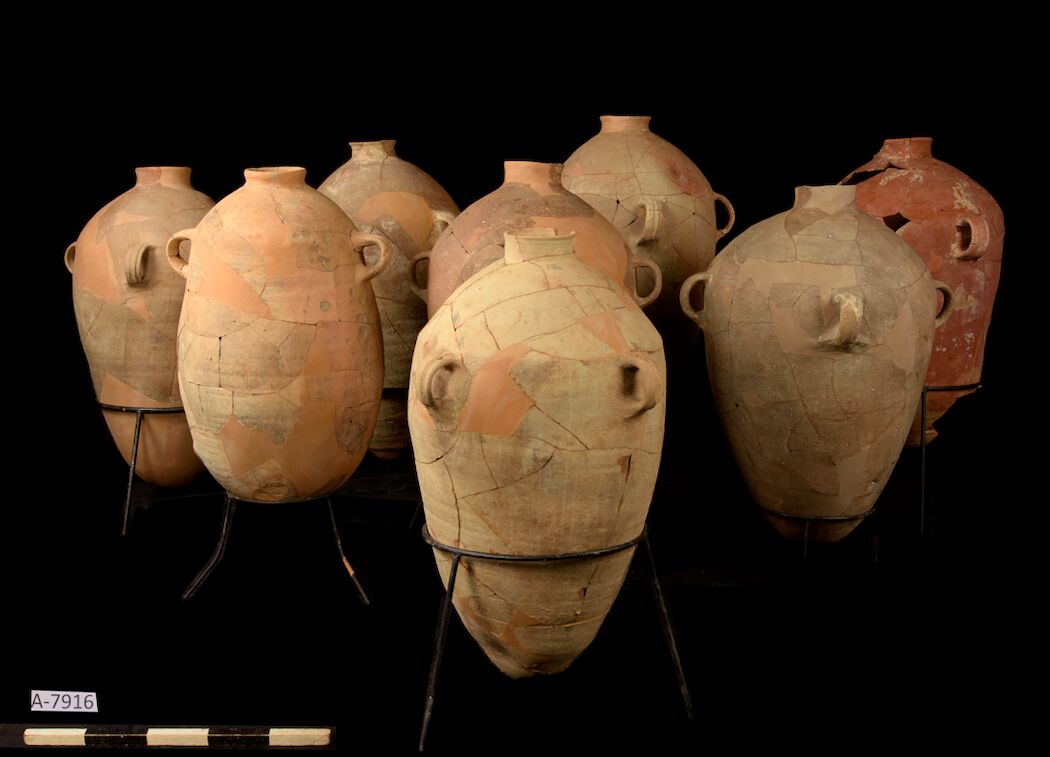
The Bible does not mention vanilla directly, but it does refer to spiced wine (Song of Solomon 8:2; Isaiah 49:26). The Prophet Jeremiah, writing at the same time that these vessels were being used, refers to the glut of wine in the city just prior to its destruction. “… Thus saith the Lord, the God of Israel: ‘Every bottle [jar/vessel] is filled with wine’; and when they shall say unto thee: ‘Do we not know that every bottle is filled with wine?’ Then shalt thou say unto them: Thus saith the Lord: Behold, I will fill all the inhabitants of this land … with drunkenness. And I will dash them one against another, even the fathers and the sons together, saith the Lord; I will not pity, nor spare, nor have compassion, that I should not destroy them. Hear ye, and give ear, be not proud …. [T]hou hast forgotten Me …” (Jeremiah 13:12-15, 25). The discovery of this enormous quantity of smashed wine vessels in this “wine cellar”—in a space, as the archaeologists who found them stated, “so crowded [with wine vessels] that it was hard to understand how people could move inside it”—speaks powerfully to the words contained in the book of Jeremiah. (For more on this discovery, click here).
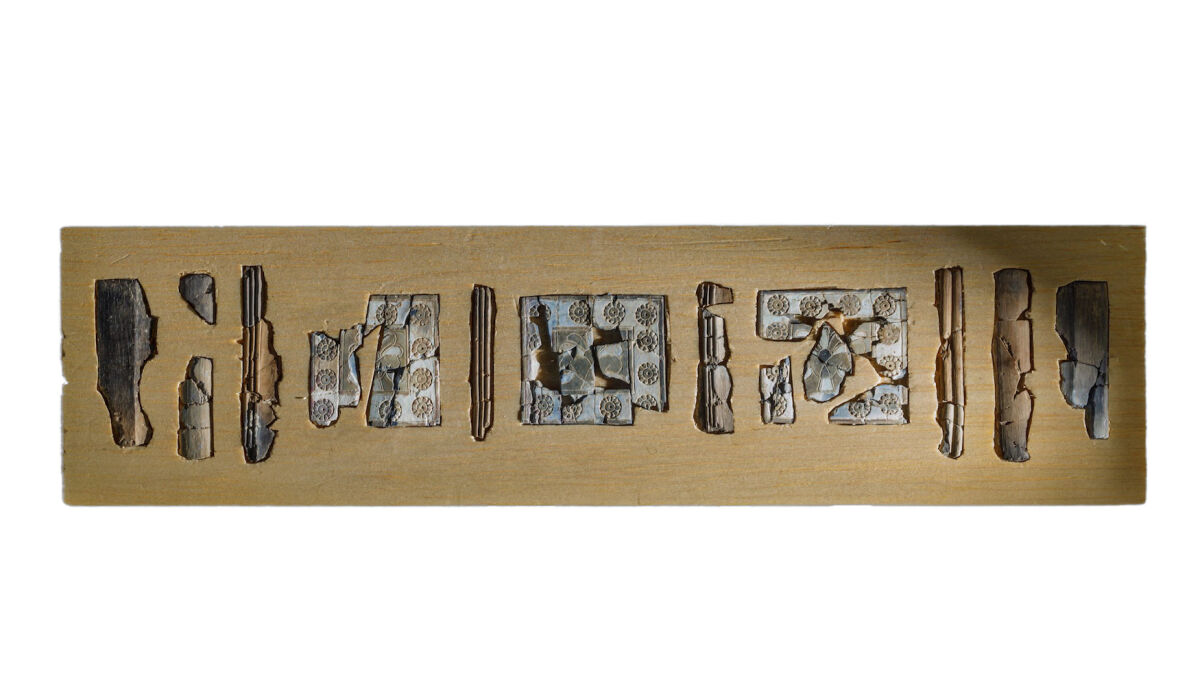
5. City of David Ivories
In September, Prof. Yuval Gadot and Dr. Yiftah Shalev announced the discovery of about 1,500 fragments of finely decorated ivory, sourced from elephant tusks (a substance considered to be more valuable than gold at the time). This ivory was also found in the City of David Givati Parking Lot excavations. The ivories date to the First Temple Period and show signs of having been crushed and burned in the Babylonian destruction of 586 b.c.e.
This is the first time that such ivories—known from other royal locations, such as those in Assyria, Phoenicia and Samaria—have been discovered in Jerusalem. “We were already aware of Jerusalem’s importance and centrality in the region in the First Temple Period, but the new finds illustrate how important it was and places it in the same league as the capitals of Assyria and Israel,” wrote Shalev.
Gadot and Shalev suggest that these ivories were “originally inlaid in a couch-throne.” This, too, supports the biblical account of this time period. 1 Kings 10:18 says that Solomon “made a great throne of ivory, and overlaid it with the finest gold.” And in Amos 6:4, the prophet condemns the rich and royal in both Samaria and Zion who “lie upon beds [or, throne beds] of ivory.” (For more on this discovery, click here).
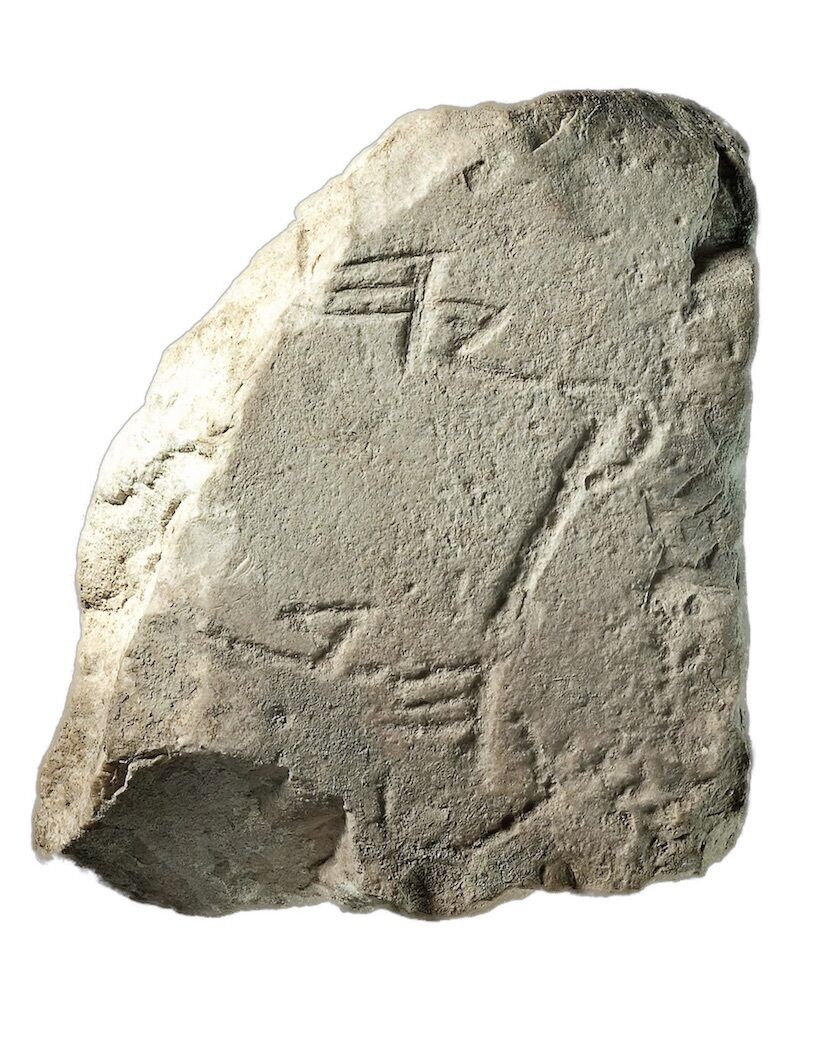
4. Hezekiah’s Monumental Inscription
In October, archaeologist Eli Shukron and epigrapher Prof. Gershon Galil presented the result of new rti (Reflectance Transformation Imaging) of a fragmentary stone inscription first discovered in 2007. The two-line, eighth-century b.c.e. inscription, discovered in a refuse heap near a pool connected to Hezekiah’s Tunnel, reads: “[H]zqyh … [b]rkh,” translated as “[He]zekiah … [p]ool.”
Galil noted that “this is the first time where a monumental Hebrew text mentions the achievements of a king,” akin to “monumental” inscriptions (stelae) found elsewhere throughout the ancient world. While the fragment itself is rather small (hand-sized), the large lettering indicates it indeed belonged to a significant, monumental-style inscription. Galil and Shukron believe the fragment goes together with another piece uncovered not far away in 1978. This fragment is inscribed with the word “seventeenth.” The archaeologists believe these inscriptions attest to Hezekiah’s waterworks being constructed in the 17th year of his reign.
2 Kings 20:20 reads: “Now the rest of the acts of Hezekiah, and all his might, and how he made the pool, and the conduit [Hezekiah’s Tunnel], and brought water into the city, are they not written in the book of the chronicles of the kings of Judah?” Galil posits that such a text may have been copied from an existing monumental inscription. (For more on this discovery, click here).
3. Lachish Comb Inscription
In 2016, a beautiful ivory comb was discovered during excavations at Lachish. It was five years before experts noticed a shallow inscription etched on the comb. In October, it was announced that the inscription had been identified as the earliest-known alphabetic text ever found in Israel. Dated to around 1700 b.c.e., the inscription consists of 17 letters that form seven words: “May this tusk root out the lice of the hai[r and the] beard.”
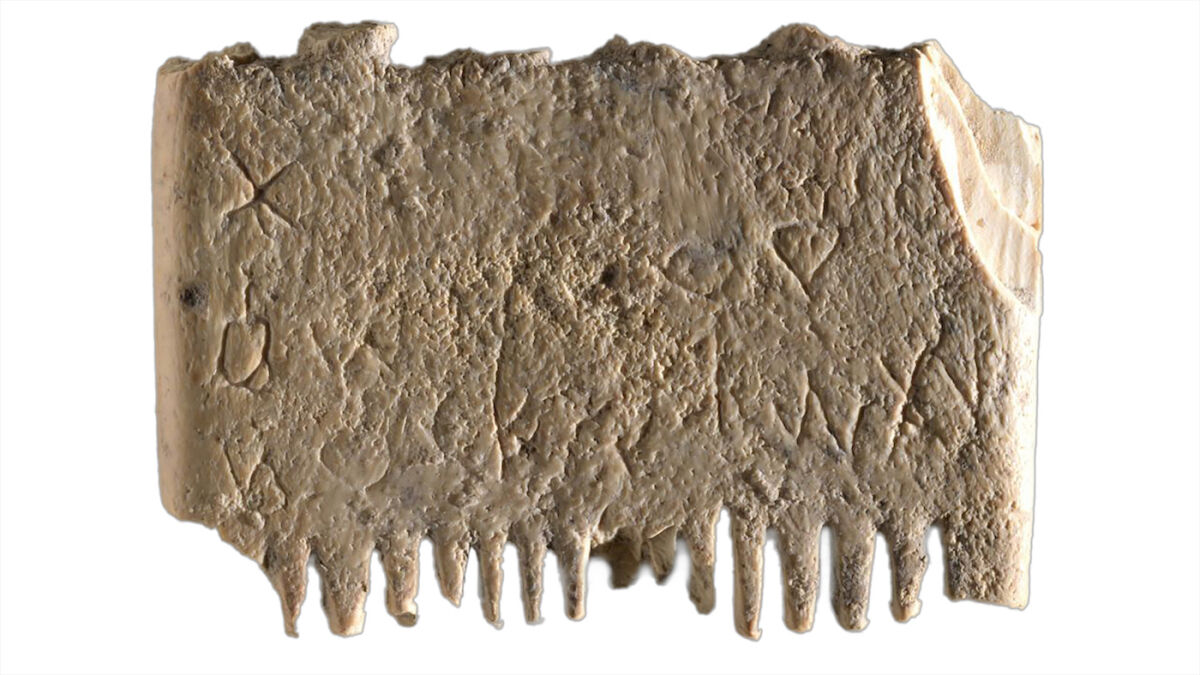
“This is the first sentence ever found in the Canaanite language in Israel,” said Prof. Yosef Garfinkel, codirector of the Lachish excavations. The comb is a tremendous discovery because it demonstrates that there was an active alphabetic Semitic language in place prior to the time the Bible states that the Torah was written. The sentence grammar also corroborates a certain grammatical usage found in the Bible—one that had previously been believed to be a marker of late authorship (to read more on this discovery, click here).
2. Shiloh Tabernacle Architecture
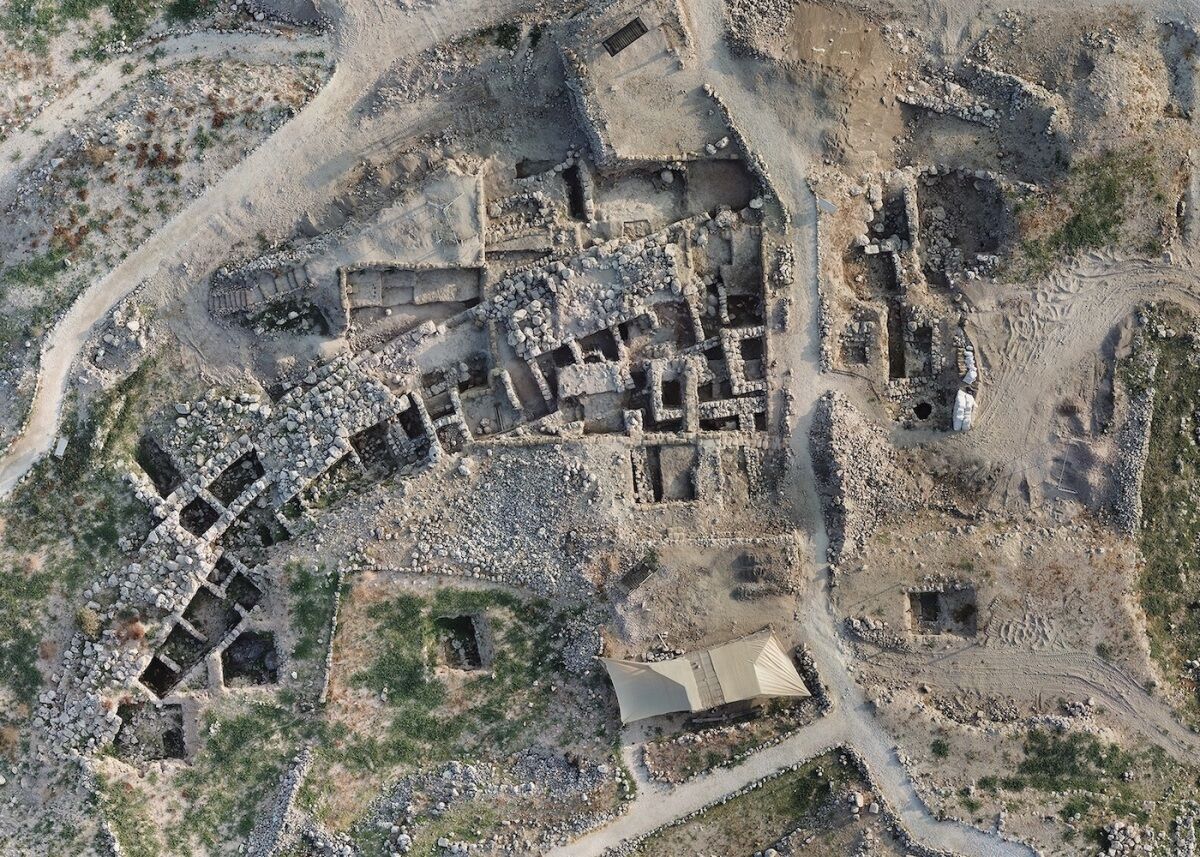
This past summer, Dr. Scott Stripling and his Associates for Biblical Research team discovered what they believe to be the northern gate entrance to Tel Shiloh, near where the tabernacle likely sat during the period of the judges. “This is important because the high priest, Eli, died in the gate of Shiloh,” Stripling said. “We discovered what we think is the gate mentioned in 1 Samuel 4.” Stripling has made a string of tabernacle-related Late Bronze Age discoveries at Tel Shiloh, including the horns of an altar, sacrificial animal bones and ceramic pomegranates (e.g. Exodus 27:2; 28:34). Further, during this year’s season, Stripling’s team has unearthed a foundation whose size and orientation aligns with biblical details of the tabernacle, along with storage rooms (likely for tithes) surrounding the tabernacle foundation. “All of this together inductively suggests to us that we are seeing what is found in the Bible,” wrote Stripling. (To see an infographic about the site of Biblical Shiloh, click here).
1. Mt. Ebal Curse Tablet
The Mount Ebal curse tablet has been touted as one of the most important discoveries in the history of biblical archaeology. This lead defixio (curse tablet) was unearthed in 2019 at the Late Bronze Age site of Joshua’s altar on Mount Ebal. The translation of the text inside was released in March and reveals an ancient text “centuries older than any known Hebrew inscription from ancient Israel.”
The tablet reads: “Cursed, cursed, cursed—cursed by the God yhw; You will die cursed; Cursed you will surely die; Cursed by yhw—cursed, cursed, cursed.”
One of the most notable elements about the tablet is that it mentions a form of the tetragrammaton name of God, yhwh (Yahweh), in conjunction with another form of the name, El. The use of these two names together for the same deity disproves a key foundational component of the minimalist Documentary Hypothesis. Minimalists argue that the Bible was a compilation of writings from later periods by different pagan authors who worshiped two different gods, Yahweh and El/Elohim.
The tablet, even more notably, illustrates the “curse” ceremony that took place at the Mount Ebal altar at the time of the Israelite conquest. This event is recorded in detail in the books of Deuteronomy and Joshua. “And it shall come to pass, when the Lord thy God shall bring thee into the land wither thou goest to possess it, that thou shalt set the blessing upon mount Gerizim, and the curse upon mount Ebal. … Then Joshua built an altar unto the Lord, the God of Israel in mount Ebal, as Moses the servant of the Lord commanded …” (Deuteronomy 11:29; Joshua 8:30-31). (For more on this discovery, click here).
These are just a handful of the impressive discoveries made this year in the world of biblical archaeology. Others include the discovery of nearly 1,000 fossilized parasite eggs beneath a 2,700-year-old palatial toilet at Armon HaNatziv, including pork tapeworm (paralleling the contemporaneous passage in Isaiah 65:4 condemning the consumption of such at that time); a Davidic and Hasmonean-era farming village at a site called Horvat Assad, within the tribal area of Naphtali (a region 1 Chronicles 12:41 notes as supplying produce to David “in abundance”); new evidence of the widespread tattooing of Egyptian women and prostitutes (compare with Leviticus 19:28-29); and new evidence that the ancient Egyptians brutally branded their slaves.
Overall, this has been a fascinating and enlightening year for biblical archaeology. What will 2023 unveil?
